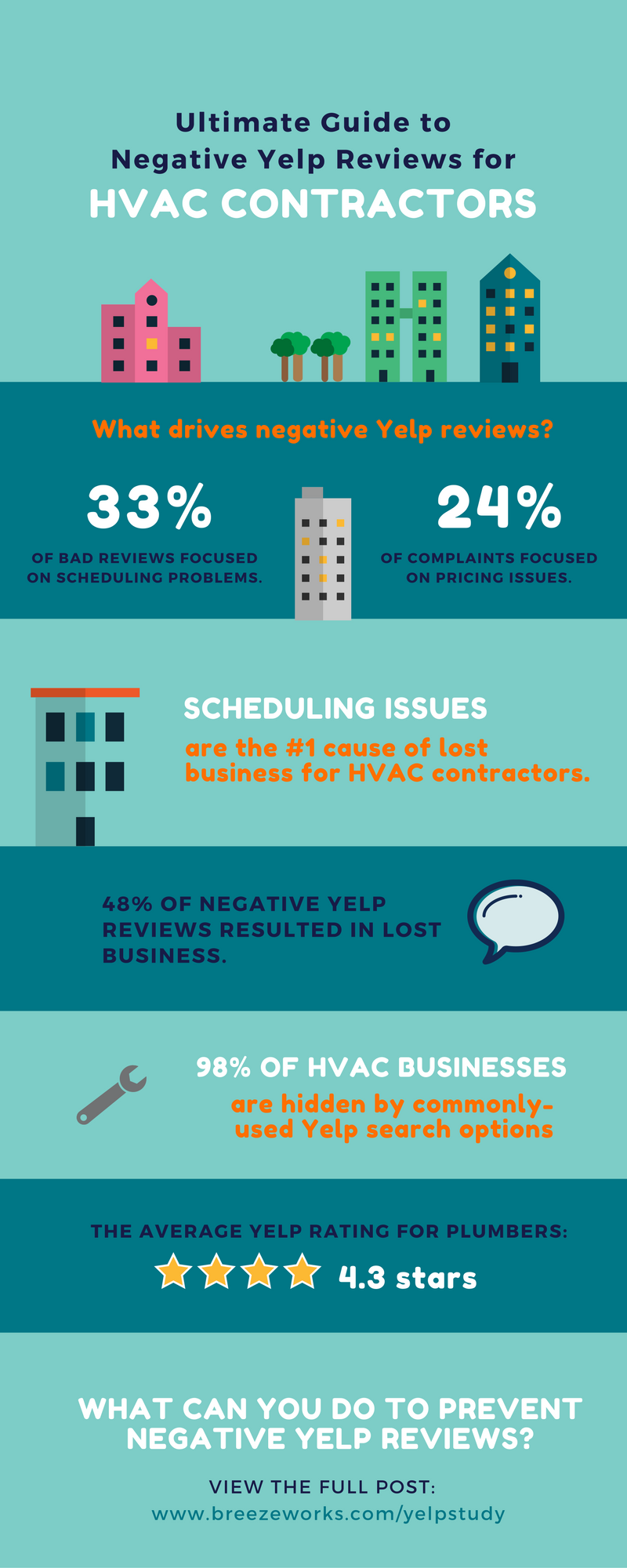The Future Of Home Heating - Just How Heatpump Technology Is Advancing
The Future Of Home Heating - Just How Heatpump Technology Is Advancing
Blog Article
Content Composed By-David Dominguez
Heatpump will certainly be an important modern technology for decarbonising home heating. In a situation constant with federal governments' announced power and environment dedications, their worldwide capability increases by 2030, while their share in home heating rises to one-quarter.
They function best in well-insulated homes and rely upon electrical energy, which can be supplied from an eco-friendly power grid. Technological innovations are making them a lot more efficient, smarter and less costly.
Gas Cells
Heat pumps use a compressor, cooling agent, coils and followers to move the air and warmth in homes and devices. They can be powered by solar energy or power from the grid. They have been getting appeal as a result of their affordable, quiet operation and the capacity to generate electrical power during peak power demand.
Some firms, like IdaTech and BG MicroGen, are working with fuel cells for home heating. These microgenerators can replace a gas central heating boiler and produce some of a house's electrical requirements with a link to the electrical energy grid for the rest.
Yet there are factors to be doubtful of using hydrogen for home heating, Rosenow says. It would be expensive and inefficient contrasted to various other innovations, and it would add to carbon emissions.
mitsubishi heat pump maintenance and Connected Technologies
Smart home innovation permits house owners to connect and regulate their tools from another location with using smart device applications. For instance, smart thermostats can discover your home heating choices and immediately adapt to maximize energy intake. Smart illumination systems can be managed with voice commands and automatically shut off lights when you leave the area, decreasing energy waste. And smart plugs can keep an eye on and manage your electrical use, permitting you to determine and limit energy-hungry home appliances.
The tech-savvy household portrayed in Carina's meeting is a good image of just how owners reconfigure space home heating practices in the light of new wise home technologies. They rely upon the devices' automatic functions to execute day-to-day adjustments and regard them as a practical means of performing their home heating methods. Therefore, they see no factor to adapt their techniques better in order to allow versatility in their home energy demand, and treatments focusing on doing so might encounter resistance from these households.
Electrical energy
Since heating up homes accounts for 13% of US exhausts, a button to cleaner alternatives can make a huge difference. Yet the technology encounters difficulties: It's pricey and requires substantial home restorations. And it's not constantly suitable with renewable resource sources, such as solar and wind.
Till just recently, electrical heat pumps were too expensive to compete with gas designs in many markets. Yet new innovations in style and materials are making them extra budget friendly. And better cool climate efficiency is enabling them to function well also in subzero temperatures.
The following step in decarbonising home heating might be using heat networks, which attract warmth from a main resource, such as a close-by river or sea inlet, and disperse it to a network of homes or buildings. That would reduce carbon exhausts and permit houses to take advantage of renewable resource, such as environment-friendly electrical power from a grid provided by renewables. source web page would be less expensive than switching to hydrogen, a fossil fuel that calls for new framework and would only minimize carbon dioxide exhausts by 5 percent if coupled with boosted home insulation.
Renewable Energy
As power prices go down, we're beginning to see the very same pattern in home heating that has driven electrical autos into the mainstream-- but at an also quicker pace. The solid climate situation for electrifying homes has actually been pressed additionally by brand-new study.
Renewables account for a substantial share of modern-day warm usage, however have been given limited plan interest globally compared to other end-use sectors-- and even less attention than electrical energy has. In part, this mirrors a mix of consumer inertia, split rewards and, in several countries, subsidies for nonrenewable fuel sources.
New technologies might make the shift much easier. For example, heat pumps can be made more power effective by replacing old R-22 refrigerants with new ones that don't have the high GWPs of their precursors. Some specialists additionally envision district systems that attract heat from a nearby river or sea inlet, like a Norwegian arm. The warm water can after that be used for heating and cooling in a neighborhood.